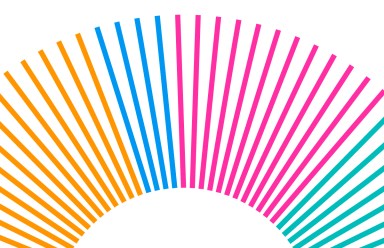The column below, by John Burbank, CEO, Nielsen Online, was recently published in Adweek.
Want a firsthand lesson in the health of the Internet? Ask a friend a simple question: “What’s your favorite online ad?”
Chances are they’ll have a tough time giving an answer. Some may mention a dancing girl seducing you to refinance a mortgage; others may bring up one of the online executions of the Mac vs. PC television campaign.
But many people cannot recall any online advertising, despite all the time each of us spends on the Web and the thousands of ads we’ve all seen.
Why isn’t there more memorable advertising on the Web? The answer is multifaceted, but the bottom line is simple: While the Web is working fine for search and direct response advertisers (“What’s your credit score?”; “Rent from Netflix!”), it has yet to blossom for products that aren’t regularly searched for or purchased online.
This latter type of advertising, called “brand” in the lingo of the Web, relies on compelling, memorable creative to open the hearts or minds of consumers. Brand advertisers like Procter & Gamble use TV as their standard for creative excellence, and so far, the Internet hasn’t met the challenge, despite its potential. Pages are too cluttered; consumers have grown “blind” to the industry-standard spaces; and metrics like “page views” or “impressions” encourage sites to expose us to as many ads as possible during our time online.
So, while brands continue to invest in the Web, and there have been many documented cases of ROI, the real money continues to stay in traditional media — TV, radio and even print — despite the Internet’s gains in audience.
Combined with a crappy economy, this presents a very bleak situation for great sites like Yahoo, AOL, Facebook, and The New York Times. These sites must profitably cover their investments in content and innovation, yet they can’t compete with Google for search dollars, and what they earn from direct response advertisers typically comes in the form of pennies-on-the-dollar remnant sales via ad networks.
The big sites need brand advertisers to come onto the Web and pay premium prices for the privilege. Fat chance in today’s environment.
So, what is to be done?
First, sites must devote better — not necessarily more — real estate to advertising, and reduce page clutter. As long as publishers offer small ads in a cluttered environment, advertisers will continue to invest elsewhere.
Second, publishers need to consider selling on the basis of time, not just impressions. A small ad blinking away for a few seconds may be optimal for direct response advertising, but it won’t help Oil of Olay convince you of the benefits of its latest age-defying formula. Sure, video advertising may help solve this in the future, but it cannot drive enough revenue to support the rest of the Web. And frequency — showing the same weak ad 12 times — doesn’t make Web advertising more compelling.
Lastly, the industry must avoid pinning shortfalls in revenue on the bad economy. Sure, the economy will have some effect. But unless more of us can easily name our favorite online ads, the problem is clearly more fundamental. Let’s use 2009 as the year to set the Web on the right course for long-term profitability by improving its effectiveness for brand advertisers.
Adweek is a unit of the The Nielsen Company



